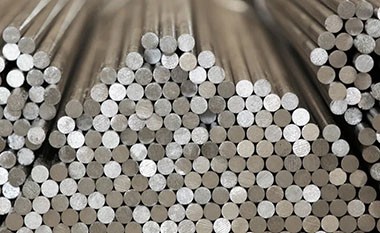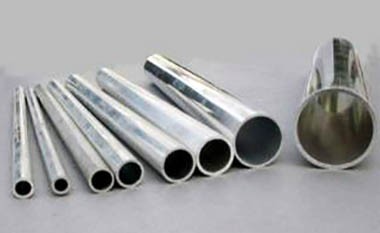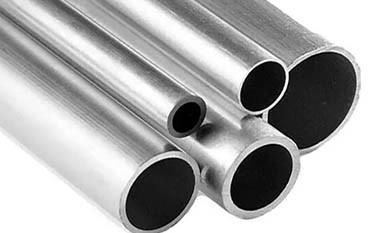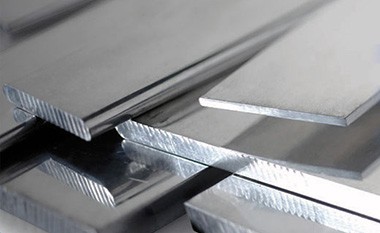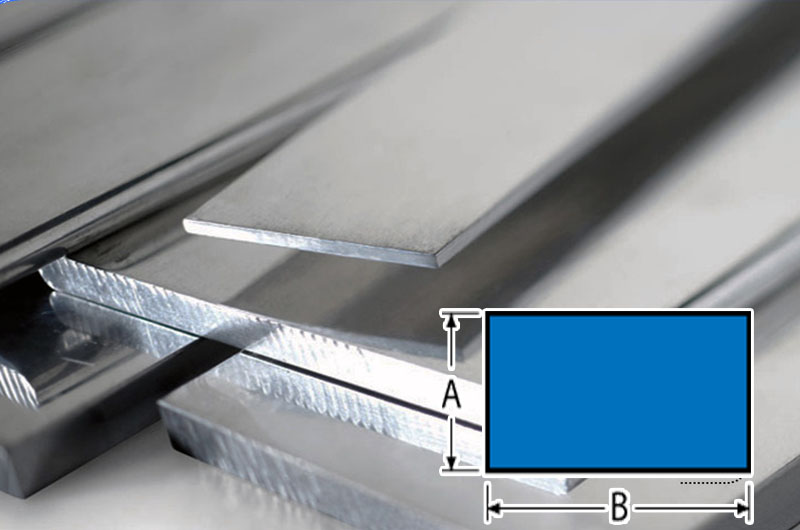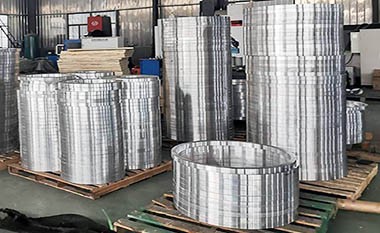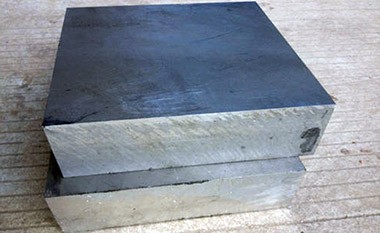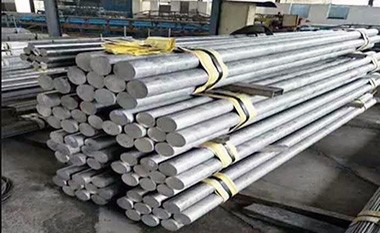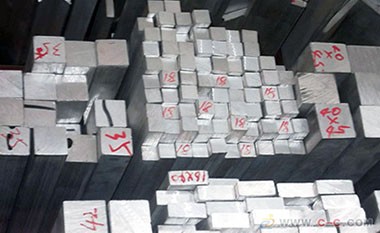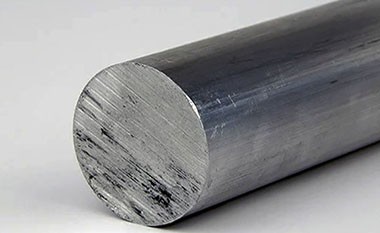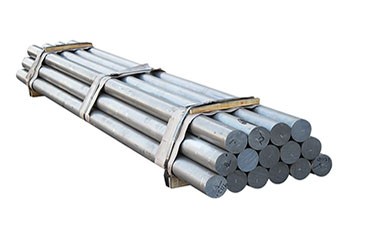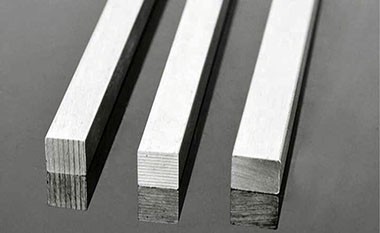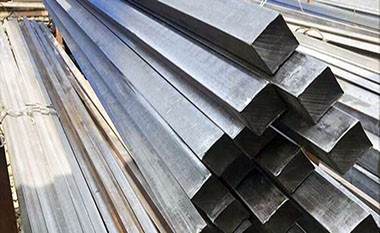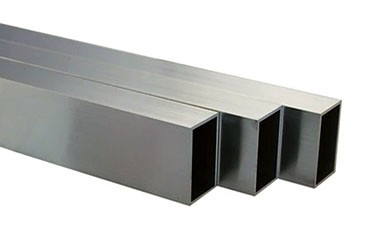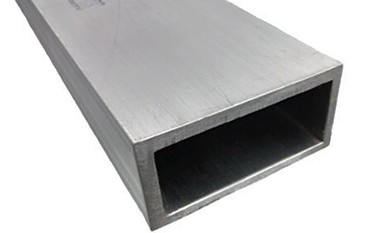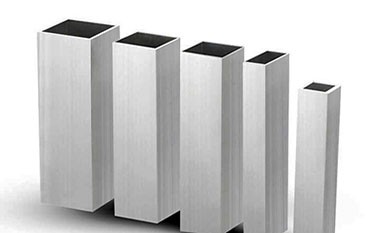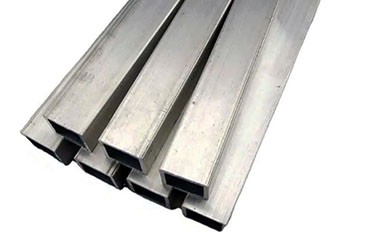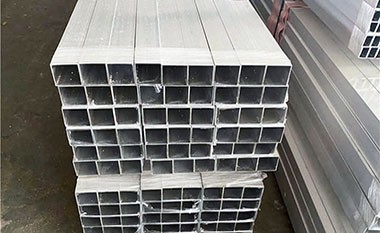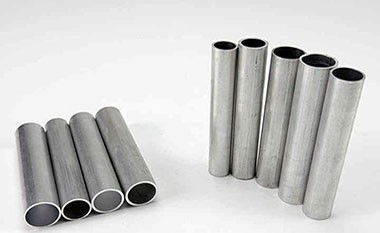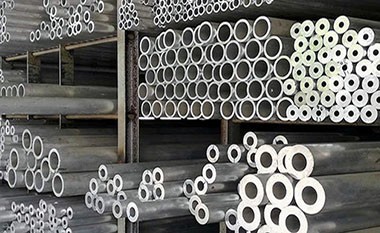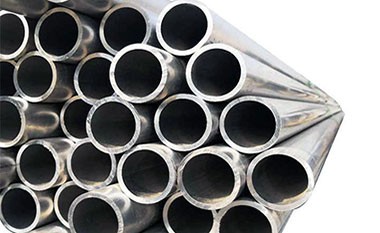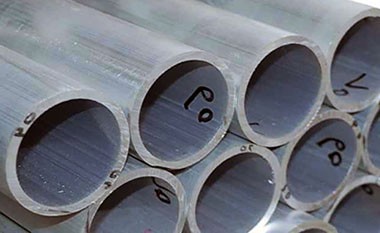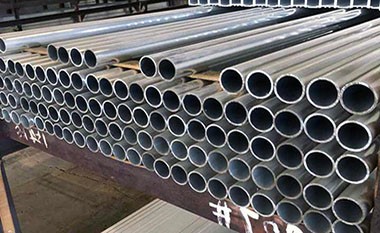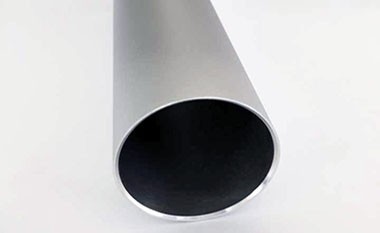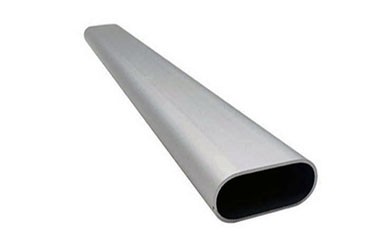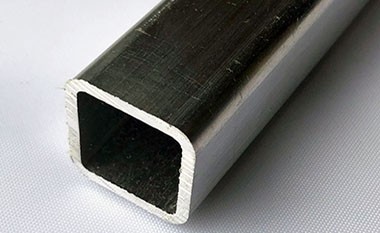What is the difference between 6061 and 2024 aluminum?
The main differences between 6061 and 2024 aluminum alloys lie in their composition, mechanical properties, corrosion resistance, and typical applications.
2024 aluminum is more suitable for high-strength and heat-resistant environments where proper corrosion protection is in place, whereas 6061 aluminum offers advantages in processing flexibility, weldability, and overall cost-effectiveness.
For applications requiring high strength and fatigue resistance, such as aerospace structures, choose 2024 aluminum. If you need a versatile, corrosion-resistant, and easily machinable material suitable for various general-purpose applications, choose 6061 aluminum.
6061 and 2024 Aluminum Comparison Table
6061 and 2024 Aluminum Chemical Composition
-
2024 Aluminum: The main alloying elements are copper (about 4.4%), magnesium (about 1.5%), and manganese (about 0.6%). This composition gives it high strength but reduces its corrosion resistance.
-
6061 Aluminum: The main alloying elements are magnesium (about 1.0%) and silicon (about 0.6%). This combination provides good strength, excellent corrosion resistance, and superior weldability.
6061 and 2024 Aluminum Mechanical Properties
-
Strength: 2024 aluminum has a higher tensile strength (about 469 MPa) than 6061 aluminum (about 310 MPa), making it suitable for high-stress applications.
-
Hardness: Due to its higher copper content, 2024 aluminum is harder and more resistant to deformation than 6061 aluminum.
-
Machinability: Both alloys are machinable, but 6061 aluminum is generally easier to machine and weld, making it more suitable for various manufacturing processes.
6061 and 2024 Aluminum Corrosion Resistance
-
2024 Aluminum: The high copper content makes it more prone to corrosion, especially in marine or humid environments. Protective coatings or anodizing treatments are usually required to enhance its corrosion resistance.
-
6061 Aluminum: It has excellent natural corrosion resistance, making it very suitable for applications exposed to humid or corrosive environments without the need for additional protective treatments.
6061 and 2024 Aluminum Machinability and Weldability
-
2024 Aluminum: While it has good machinability, its weldability is limited due to the risk of cracking at the weld joints and reduced corrosion resistance.
-
6061 Aluminum: Highly weldable and easy to form, it is suitable for manufacturing complex shapes and structures.
6061 and 2024 Aluminum Applications
-
2024 Aluminum: Commonly used in aerospace components, military vehicles, and other high-performance applications requiring high strength.
-
6061 Aluminum: Due to its balance of strength, corrosion resistance, and machinability, it is widely used in structural components, automotive parts, marine fittings, and consumer products.
6061 and 2024 Aluminum Cost Considerations
-
2024 Aluminum: Due to its higher strength and more specialized applications, it is typically more expensive.
-
6061 Aluminum: More cost-effective, especially for projects that do not require extremely high strength.
6061 and 2024 Aluminum Heat Treatment and Formability
Heat Treatment
Formability
Maybe also you like:

